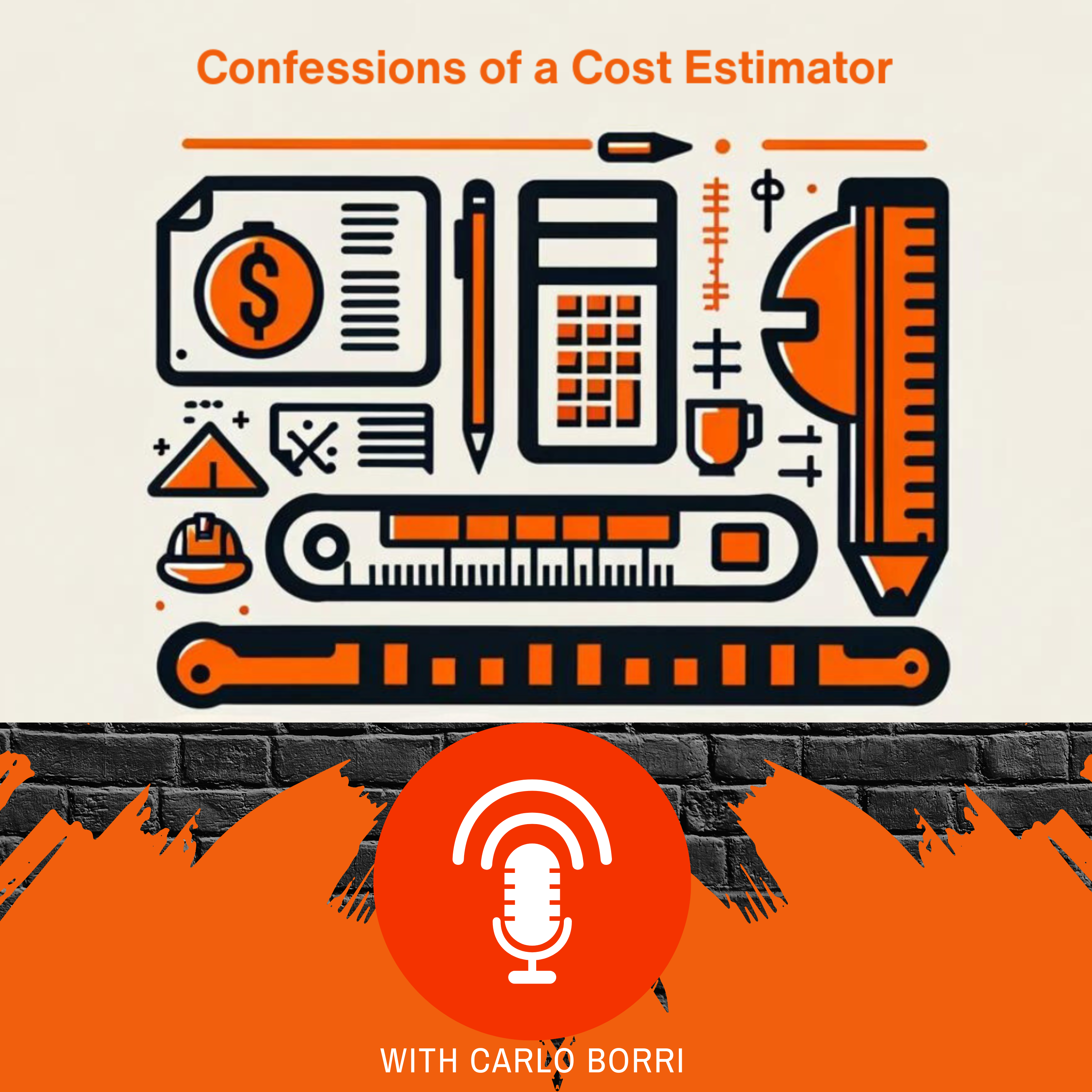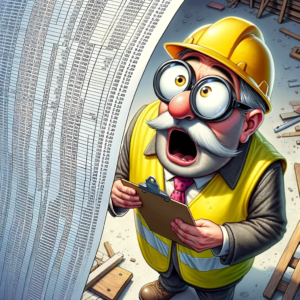Let’s be honest, folks. Life is full of surprises. And in infrastructure development, those surprises can sometimes significantly impact the budget. That’s why, as a cost estimator, I’m a big advocate for something often overlooked: a dedicated infrastructure “rainy day fund.”



Hear me before you start picturing me stockpiling emergency road cones and duct tape. We all know about unforeseen circumstances when talking about infrastructure:
- A natural disaster
- A sudden material price hike
- Even the discovery of a hidden historical artefact during construction
These “infrastructure curveballs” can throw even the most meticulously planned budget into disarray.
Think of it this way: Would you ever build a house without setting aside some funds for unexpected repairs or upgrades? Of course not! Our infrastructure deserves the same level of financial foresight.
A study revealed the significant financial impact of unforeseen conditions on infrastructure projects. According to a report by Ascendant Management Consultants, change orders due to unexpected existing conditions have a substantial cost impact compared to other reasons for change orders [Unforeseen Project Expenses: Tackling Hidden Costs Successfully]. The report states that a mere 5% change rate in a multi-billion dollar construction industry can result in tens of billions of dollars in direct costs annually. This doesn’t even factor in the additional indirect costs, like higher insurance premiums and lost opportunities due to project delays.
Here’s why dedicated infrastructures rainy day fund is a wise investment:
- Mitigates Budget Blowouts: A contingency reserve can absorb unexpected costs without derailing the entire project.
- Promotes Project Completion: Unexpected challenges won’t grind construction to a halt while scrambling for additional funding.
- Enhances Long-Term Planning: Knowing there’s a safety net allows for more strategic infrastructure investment decisions.
Nobody wants to plan for the apocalypse (unless you’re preparing for a zombie uprising, in which case, good luck!). But by factoring in the possibility of unforeseen events, we can ensure our infrastructure projects are built to weather any storm (figuratively speaking).
What are your thoughts on contingency planning for infrastructure projects? Have you ever witnessed the impact of unforeseen circumstances on a project budget?
Share your stories (and any tips for building a robust rainy day fund) in the comments!
#Infrastructure #Construction #RiskManagement #Planning #Budgeting #Sustainability #LinkedIn #CostPlanning #Estimating #CivilEngineering #CivilsBites #InfrastructureHumor #CostPlanning #BudgetQuest #InfrastructureAdventures #UnexpectedCosts























+ There are no comments
Add yours